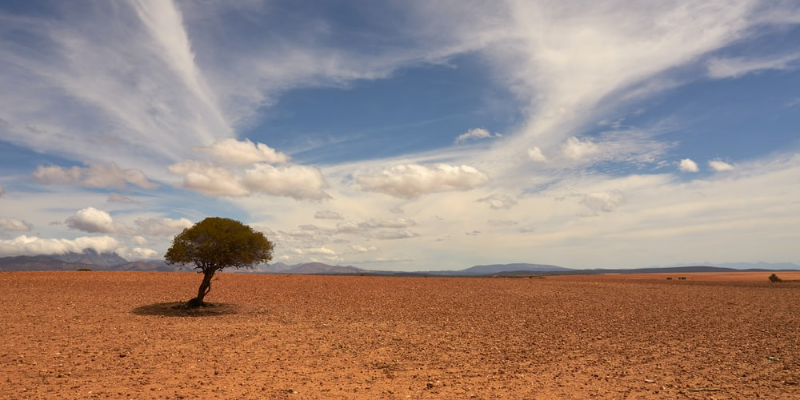From a legal battle for clean water to how we can tackle the plastic crisis, these five books not only offer different ways to address environmental pollution, but also offer a unique perspective on the inspiring world of medicine and its evolution.
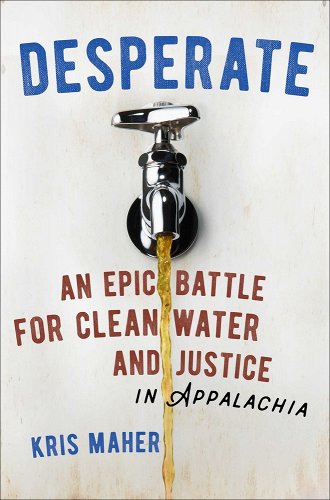
Desperate: An Epic Battle for Clean Water and Justice in Appalachia
by Kris Maher
Scribner Book Company, 352 pages, $28.00
Set in a West Virginia community in the Appalachian Mountains, this legal drama follows a tenacious environmental lawyer, Kevin Thompson, on a campaign to secure for clean water for the people of Mingo County. For two decades, the families of this coal mining community had found that when turning on their taps, they were met with discolored sludge. Following this, many in the community seemed to become seriously ill. Thompson, along with other lawyers and a band of young activists, fought a seven-year battle against West Virginia’s mighty coal company, Massey Energy, and exposed the merciless shortcuts that had led to the deadly contamination of the drinking water. Desperate takes a compelling look at corporate greed and corruption, as well as at the fight for the rights of the little guy. It documents the years-long case with a cinematic style, and Kris Maher’s effective reporting evokes strong feeling in the reader, providing a reason to believe that justice does still prevail, even against the odds.
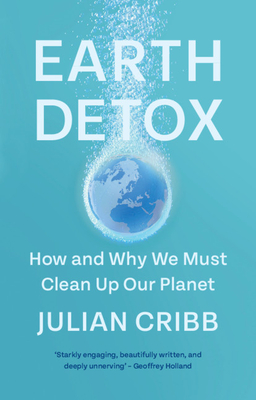
Earth Detox: How and Why We Must Clean Up Our Planet
by Julian Cribb
Cambridge University Press, 300 pages, $14.95
Earth Detox is a book that pulls no punches regarding the chemicalization of our planet and how the slow poisoning affects everything living thing on it. Science policy expert Julian Cribb handles this difficult yet important topic with zest and indicates that the barrage of chemicals and pollutants we throw into the atmosphere and oceans is six times larger than our greenhouse gas emissions. Many of these chemicals have not even been tested for safety, and they have been found in the most unthinkable places, from traces of arsenic found on the slopes of Mount Everest to flame-retardant chemicals identified in deep sea squid. These billions of tons of toxic chemicals are everywhere and in everything, including smart phones, medications, food, and clothes. Essentially though, this is more of a book about hope than despair. Cribb lays down ten existential threats that he states must be addressed and maps a way forward so that future generations can live as normally as possible and in harmony with the planet. The essence is sharing solutions in order to move toward a safe and healthy world for all living things.
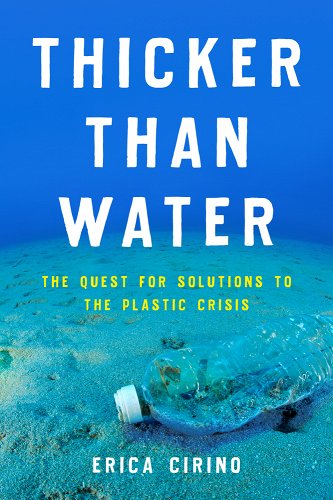
Thicker Than Water: The Quest for Solutions to the Plastic Crisis
by Erica Cirino
Island Press, 272 pages, $28.00
Erica Cirino’s Thicker Than Water is an open-hearted and frank examination of the throwaway culture that embodies the richest nations of this world, which then inevitably ends up on the doorstep of the world’s poorest nations. The impact is much bigger than most people think. Almost every person living today uses plastic on a daily basis, which has usually been designed for up to only a few minutes use at a time. This plastic inevitably ends up in our oceans, as the recycling process is far more complicated than we thought and so much plastic gets rejected. Cirino is a talented journalist and this account of her globe-hopping journey to meet scientists and activists who are trying to tackle the plastic issue illuminates the health impacts on wildlife and human life. The plastic crisis is an urgent issue and this book helps the reader to understand how we created the problem, but it also offers ways forward to help end the crisis. Technical innovations such as trash wheels, booms and grates, and simply picking up rubbish do help, but ultimately the solution lies in education, science, and systemic change. However, the problems of backlash from large industries, including fossil fuel companies who counter the lack of demand by creating plastic from ancient carbon stocks, complications of recycling, and our own unwillingness to let go of a life of convenience, threaten any good work already done. This book will help people to rethink their living habits and educate humankind about a better and healthier future for our planet.

Fauci: Expect the Unexpected: Ten Lessons on Truth, Service, and the Way Forward
by National Geographic
National Geographic Society, 96 pages, $18.00
Infectious disease specialist Anthony Fauci, the White House’s famous doctor, offers us an inspiring look at the influences in his life and the lessons that he has learned, giving us a rare glimpse into the world of a renowned medical expert. Fauci already had three decades worth of experience before becoming the most acclaimed doctor in America after dedicating himself to the White House Coronavirus Task Force, and in Fauci: Expect the Unexpected, he offers inspirational excerpts on governance, finding happiness in times of strife, and preparing to face unanticipated events. Fauci has spent his career fighting incredibly dangerous diseases such as AIDS, Ebola, and now COVID-19, and he has dedicated his life to dealing with heavy professional responsibilities. In this book, his insightful anecdotes offer ways to deal with obstacles and setbacks, especially in difficult times. The inspiring quotes taken from interviews in the eponymous National Geographic documentary will help people to move forward with respect to achieving a kinder future.
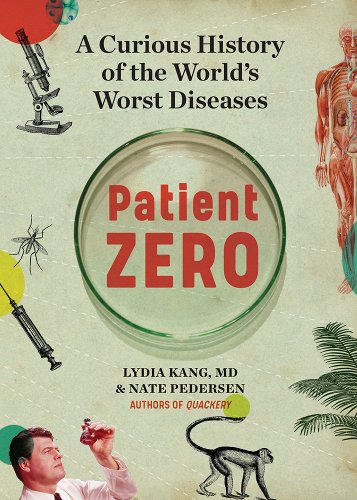
Patient Zero: A Curious History of the World’s Worst Diseases
by Lydia Kang and Nate Pedersen
Workman Publishing, 400 pages, $24.95
From the authors of Quackery, Patient Zero chronicles various outbreaks of diseases, along with when they appeared and how they circulated. From reading this book, you will come to know the science behind the discovery of the diseases and how medicine has evolved to help us to deal with them. Kang and Pedersen offer medical accounts of different diseases and viruses, such as bubonic plague, HIV, polio, and smallpox, and tell us the human stories left in the wake of each, along with the investigation into the successes and failures, scientific theories, and examinations. We learn about the historical tragedies of patient zeros and how they led to medical breakthroughs. The authors also introduce us to how politics and religion manipulated information regarding the diseases. This is a morbidly entertaining and very accessible book with a good number of illustrations, so even the most reluctant reader should enjoy it. The only downside to reading it is the realization of how many nasty diseases are still out there and how easy it could be to experience another pandemic in our lifetime.

